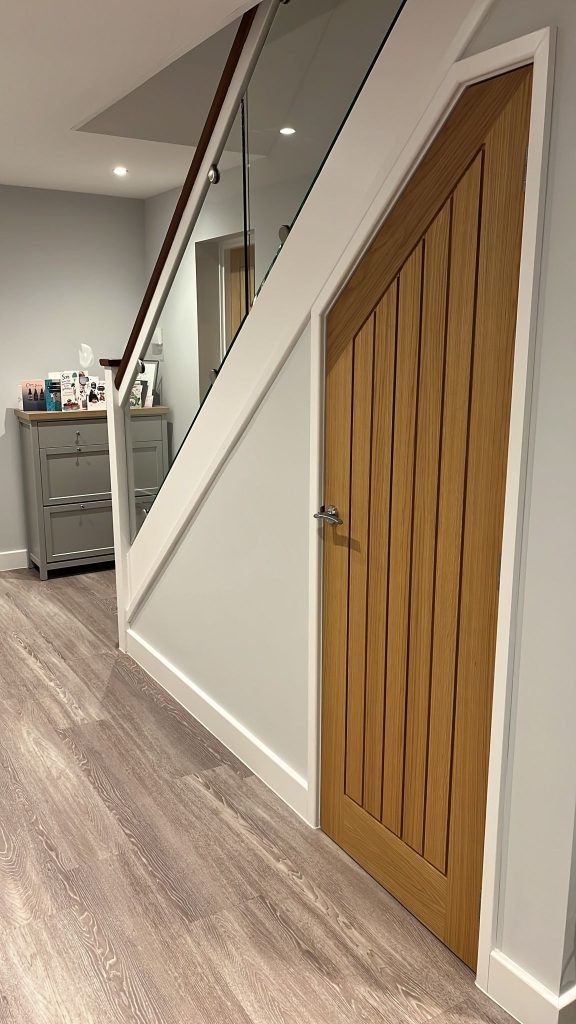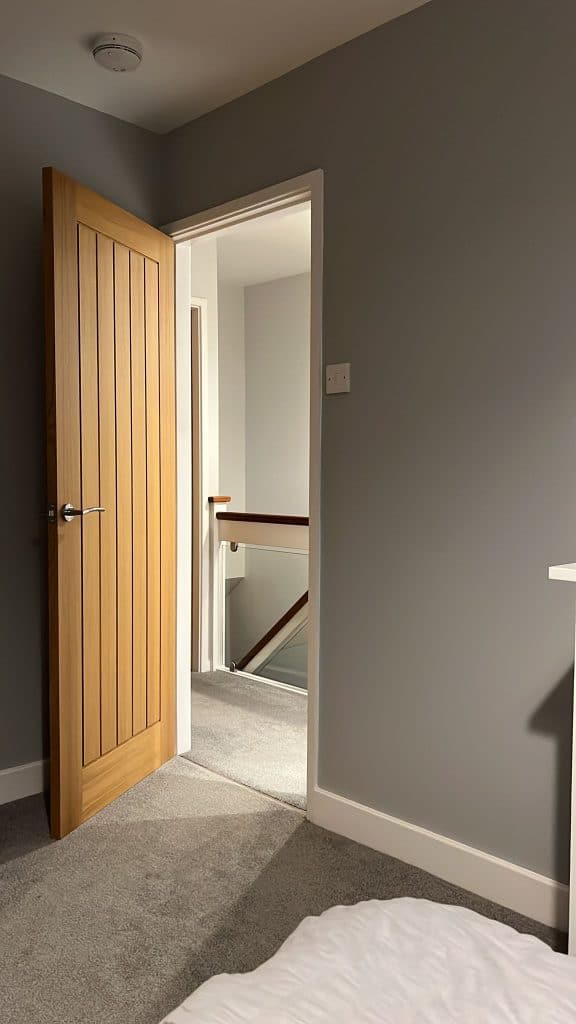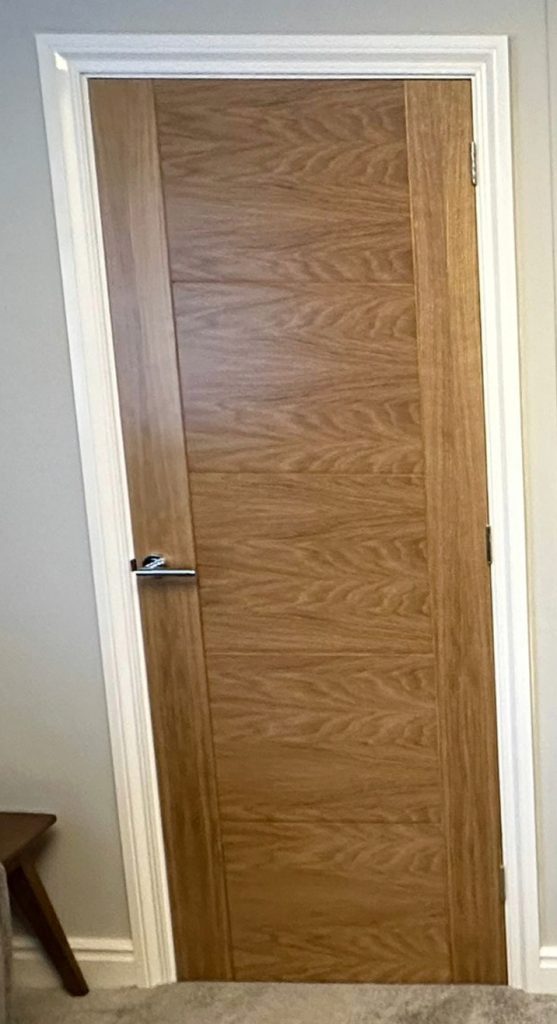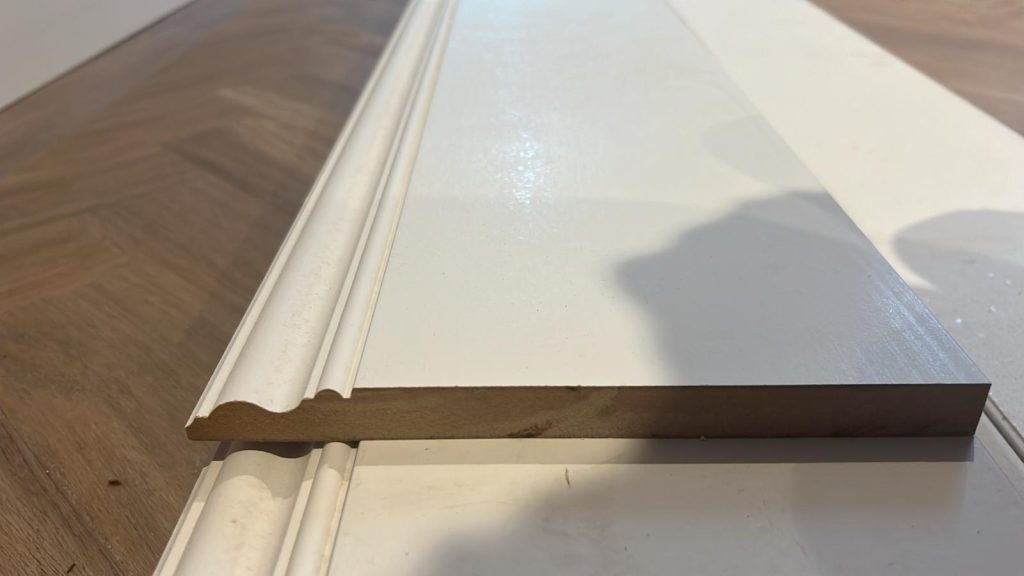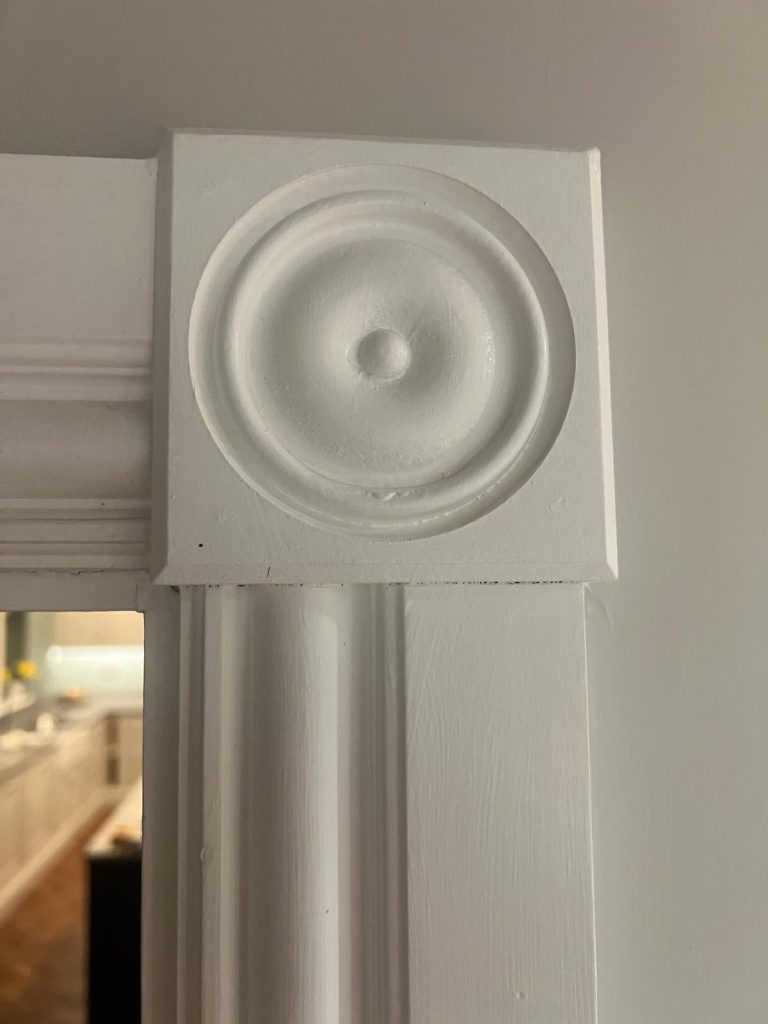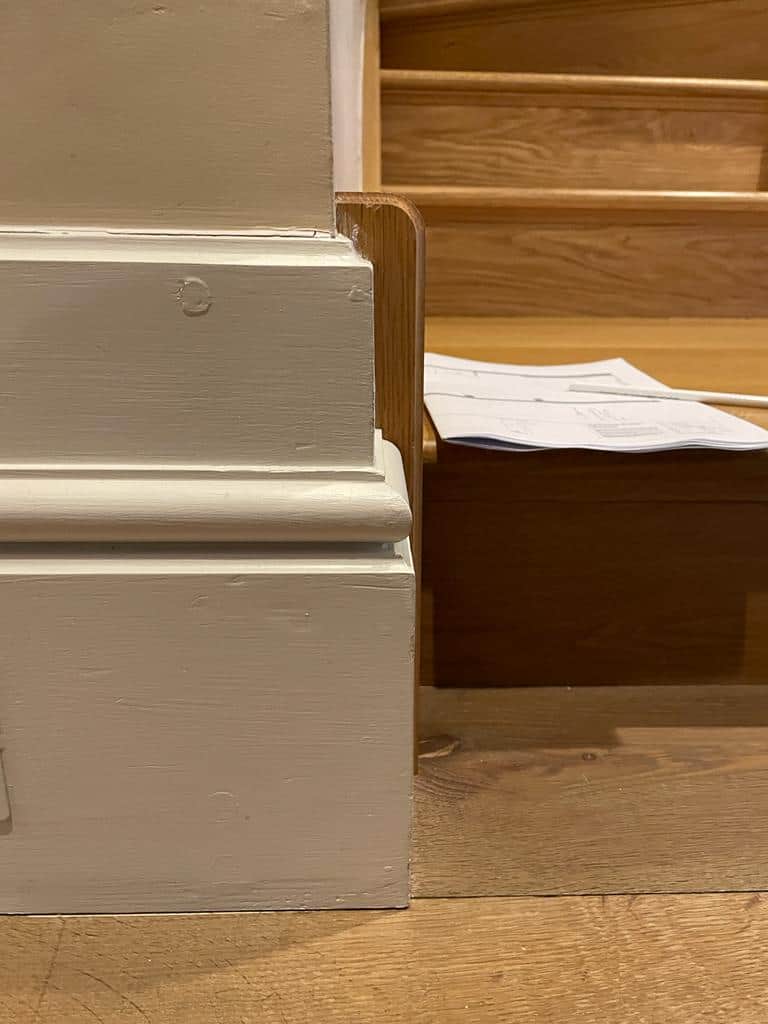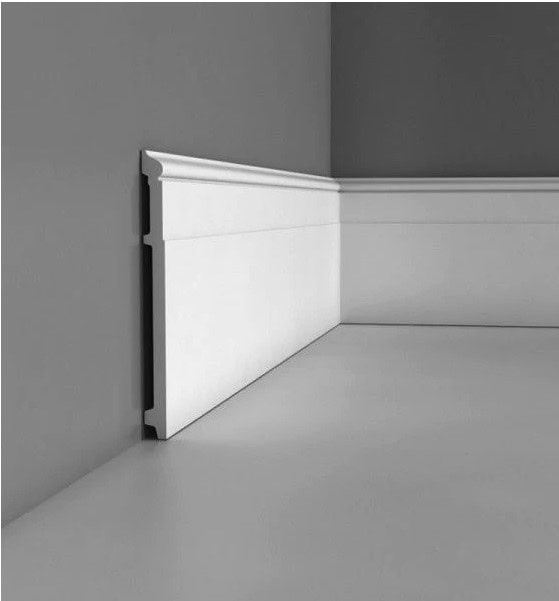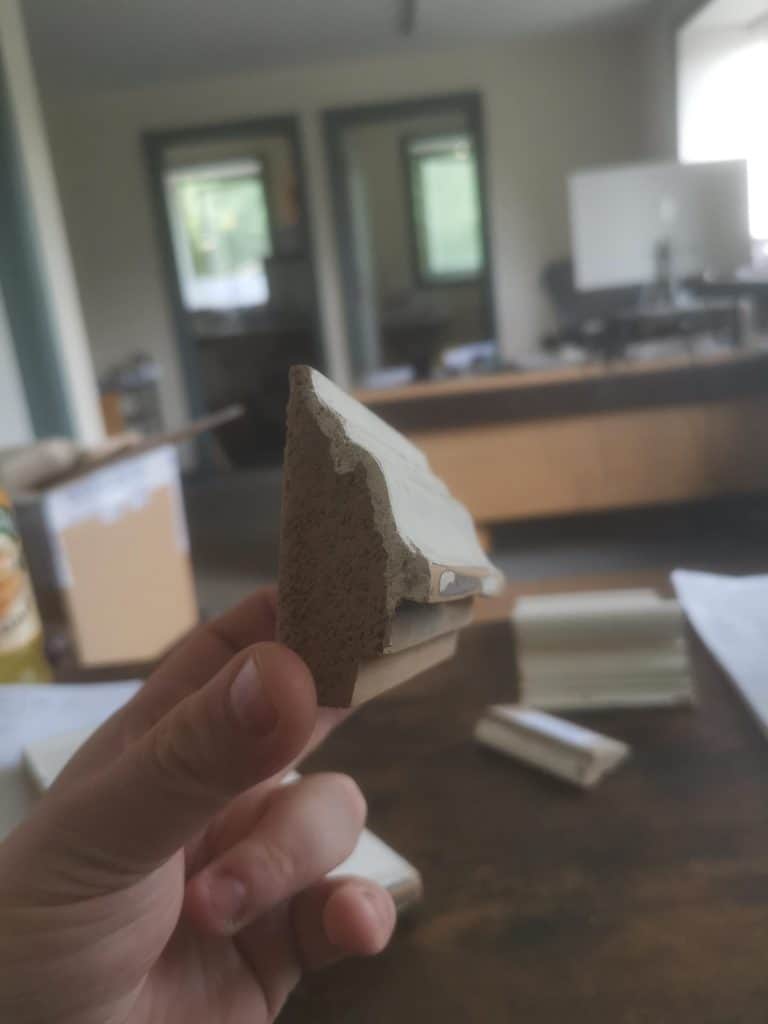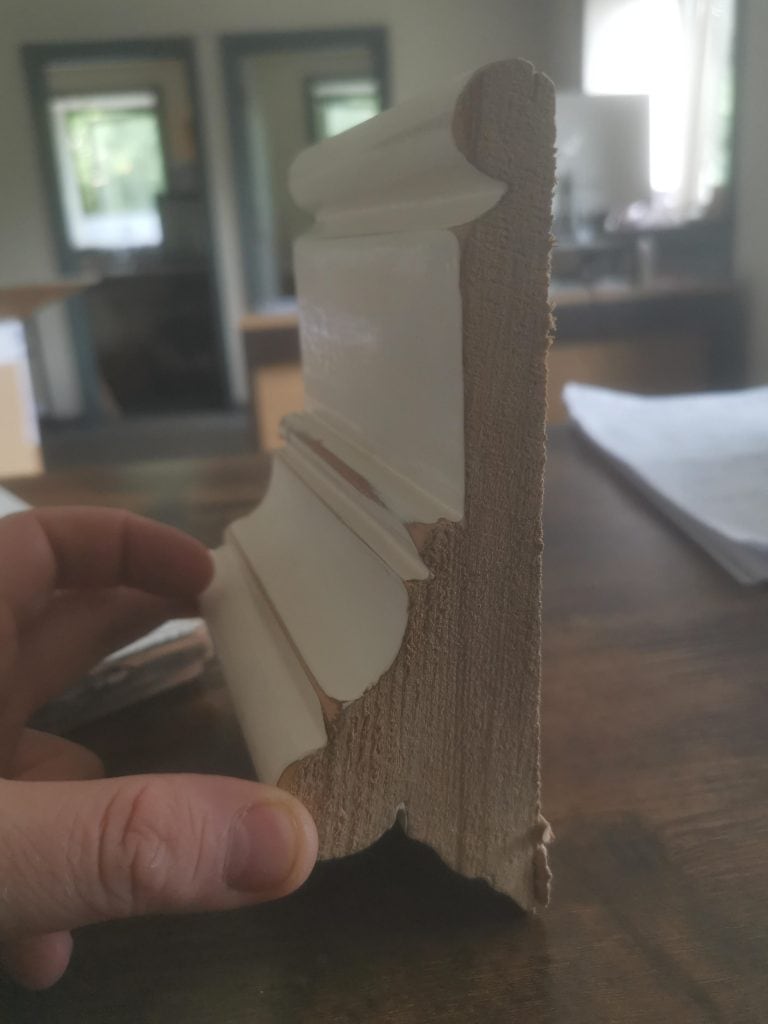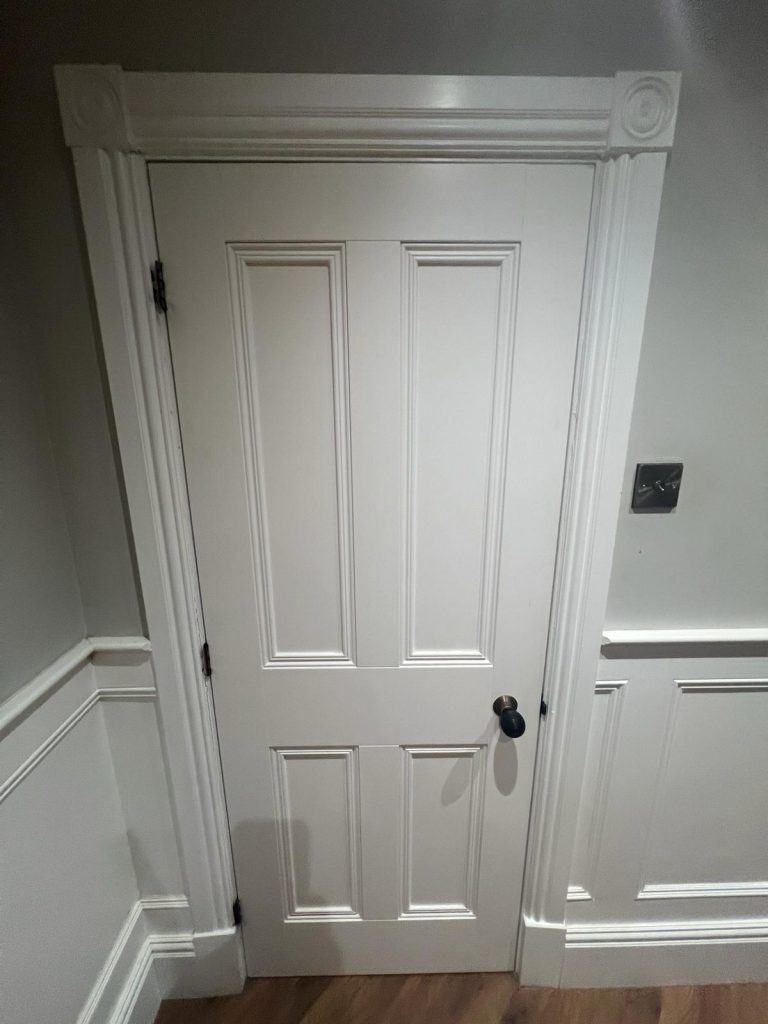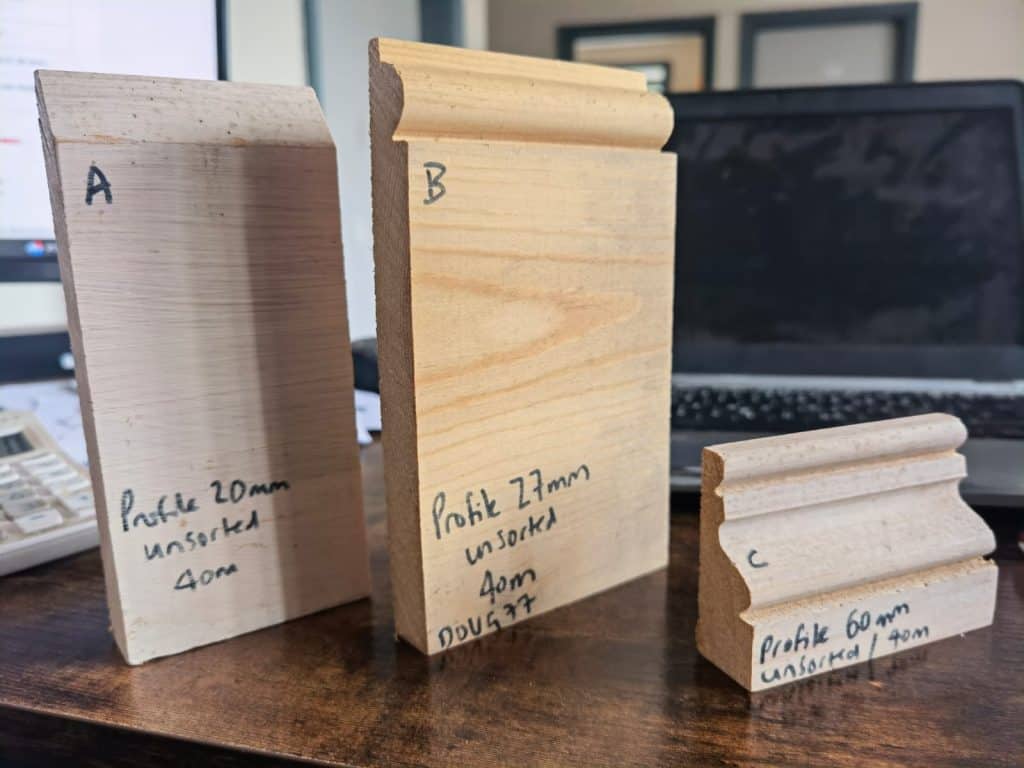Your basket is currently empty!
SAVE 20% SITE WIDE THIS MONTH ONLY: USE CODE JULY20 TO SAVE 20% OFF ALL ORDERS
MDF – Ogee Skirting Board
Our Ogee skirting board is available in both MDF and Pine
Finishes – Unprimed, Premium Primer, Fully Finished White Satin
Traditional design that looks great in any setting
Profile Height – 51 mm (See our profile page Here for more information)
Looking for matching Ogee architrave? – Click Here
Our Ogee skirting is also available in Pine – Click Here
Need to hide cables? We can also add a rebate to hide your existing pipes or cables, if you need to cover existing boards we can do this too.
If you need any help or guidance with any of our products then please don’t hesitate to call our team on 01527 864 311
*All of our MDF and Pine is sourced using FSC accredited timber
Ogee MDF Skirting Board
SAVE 20%: USE CODE JULY20 TO SAVE 20% OFF ALL ORDERS
From £9.35
Our Ogee skirting board is available in both MDF and Pine
Finishes – Unprimed, Premium Primer, Fully Finished White Satin
Traditional design that looks great in any setting
Profile Height – 51 mm
Ogee MDF Skirting Board
From £9.35
SAVE 20%: USE CODE JULY20 TO SAVE 20% OFF ALL ORDERS
Our Ogee skirting board is available in both MDF and Pine
Finishes – Unprimed, Premium Primer, Fully Finished White Satin
Traditional design that looks great in any setting
Profile Height – 51 mm
MDF – Ogee Skirting Board
Our Ogee skirting board is available in both MDF and Pine
Finishes – Unprimed, Premium Primer, Fully Finished White Satin
Traditional design that looks great in any setting
Profile Height – 51 mm (See our profile page Here for more information)
Looking for matching Ogee architrave? – Click Here
Our Ogee skirting is also available in Pine – Click Here
Need to hide cables? We can also add a rebate to hide your existing pipes or cables, if you need to cover existing boards we can do this too.
If you need any help or guidance with any of our products then please don’t hesitate to call our team on 01527 864 311
*All of our MDF and Pine is sourced using FSC accredited timber
Five Star Satisfaction
Why Shop With Skirting King?
Express Delivery Available
Express delivery (2-3 days) is available on all orders
Manufactured In House
We make all orders in our Warwickshire based warehouse
Never Beaten On Quality
Our boards are made from the highest quality materials and are built to last
